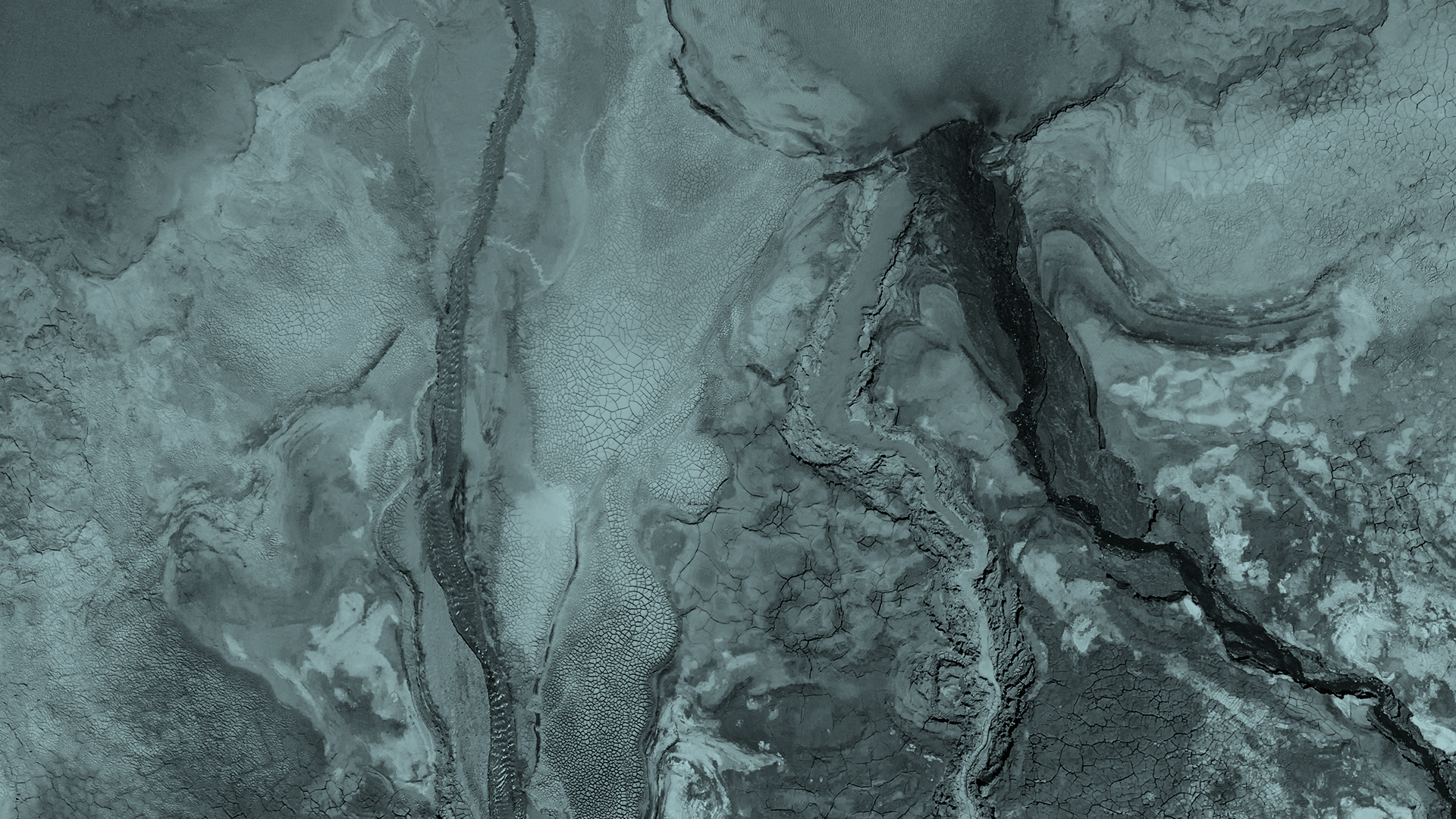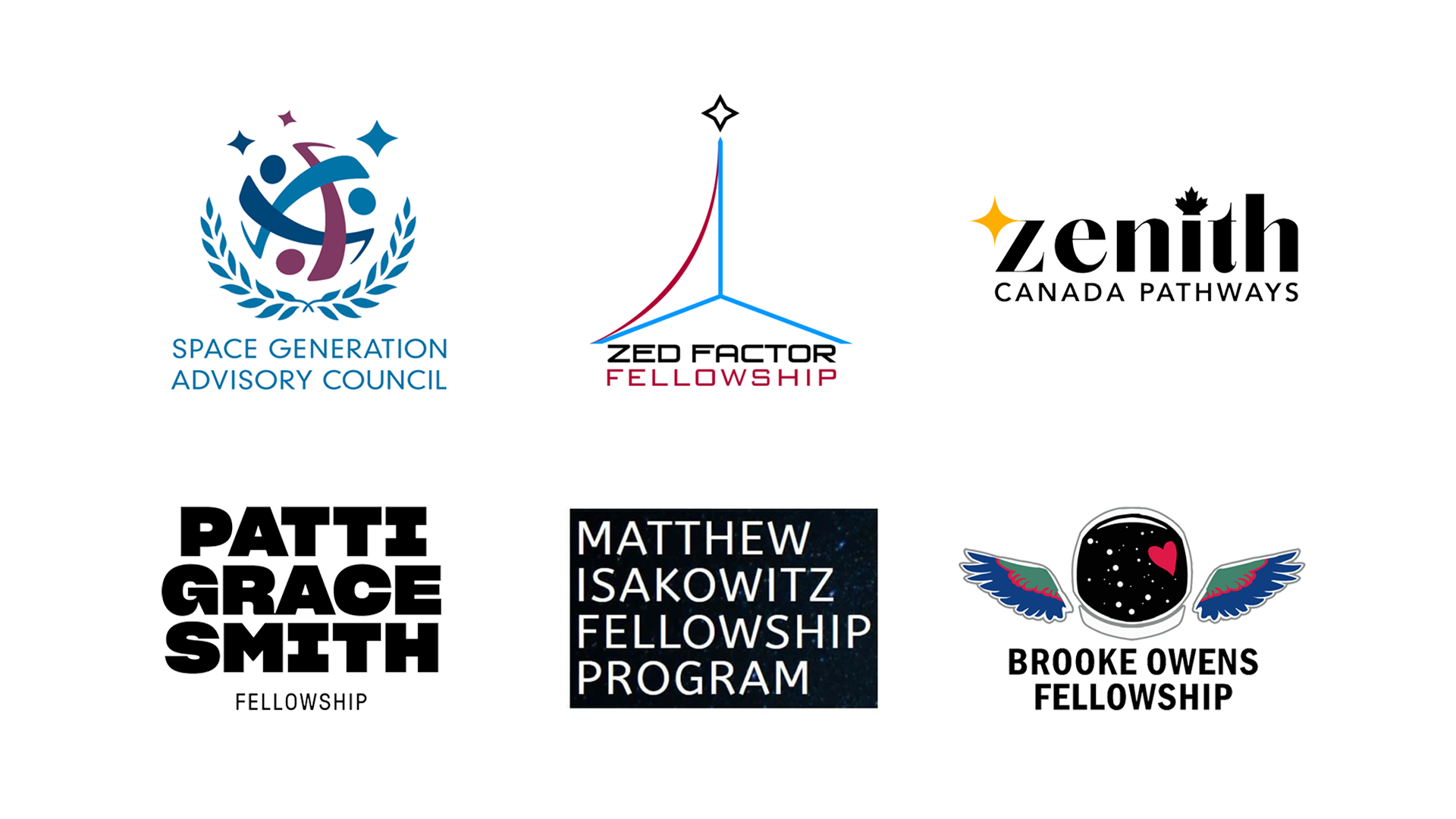ACADEMY
Horizon 2024 Zero Gravity Flight
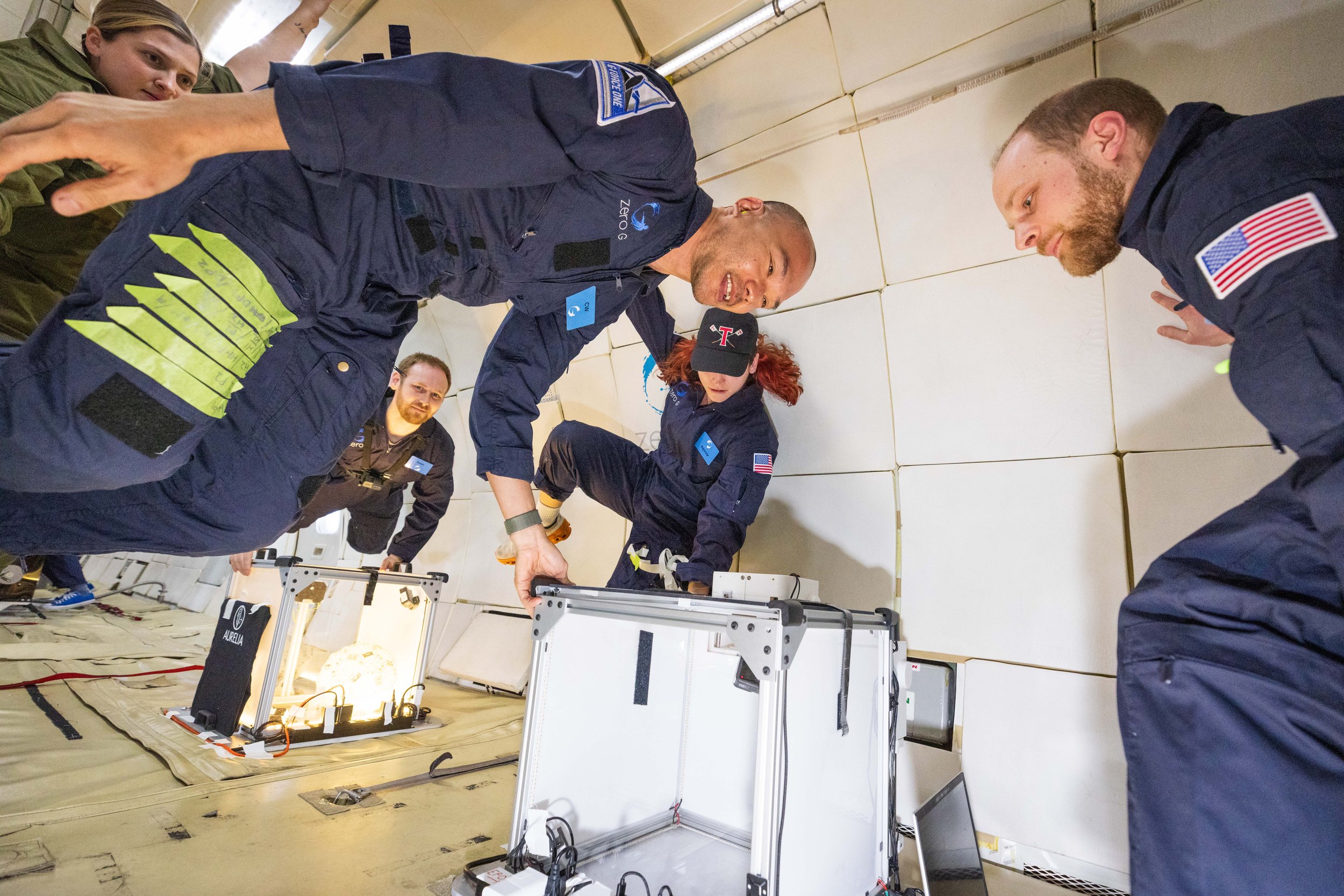
Credit: Steve Boxall / ZERO-G
ABOUT THE PROGRAM
The Aurelia Horizon Program benefits from the Aurelia team’s zero-g mission integration, teaching, and management expertise. Our partner organizations joining the flight are world-class changemakers dedicated to introducing new perspectives to space and STEAM.
Horizon 2024 Flight Cohort
-

Ariel Barreiro
ZED FACTOR FELLOWSHIP
-

Cici Hall
ZENITH PATHWAYS FELLOWSHIP
-

Robert Howard
AIAA SATC
-

Nikol Koleva
SPACE GENERATION ADVISORY COUNCIL
-

Jagriti Luitel
PISCES RISING
-

Chris Mason
CHRIS MASON LAB
-
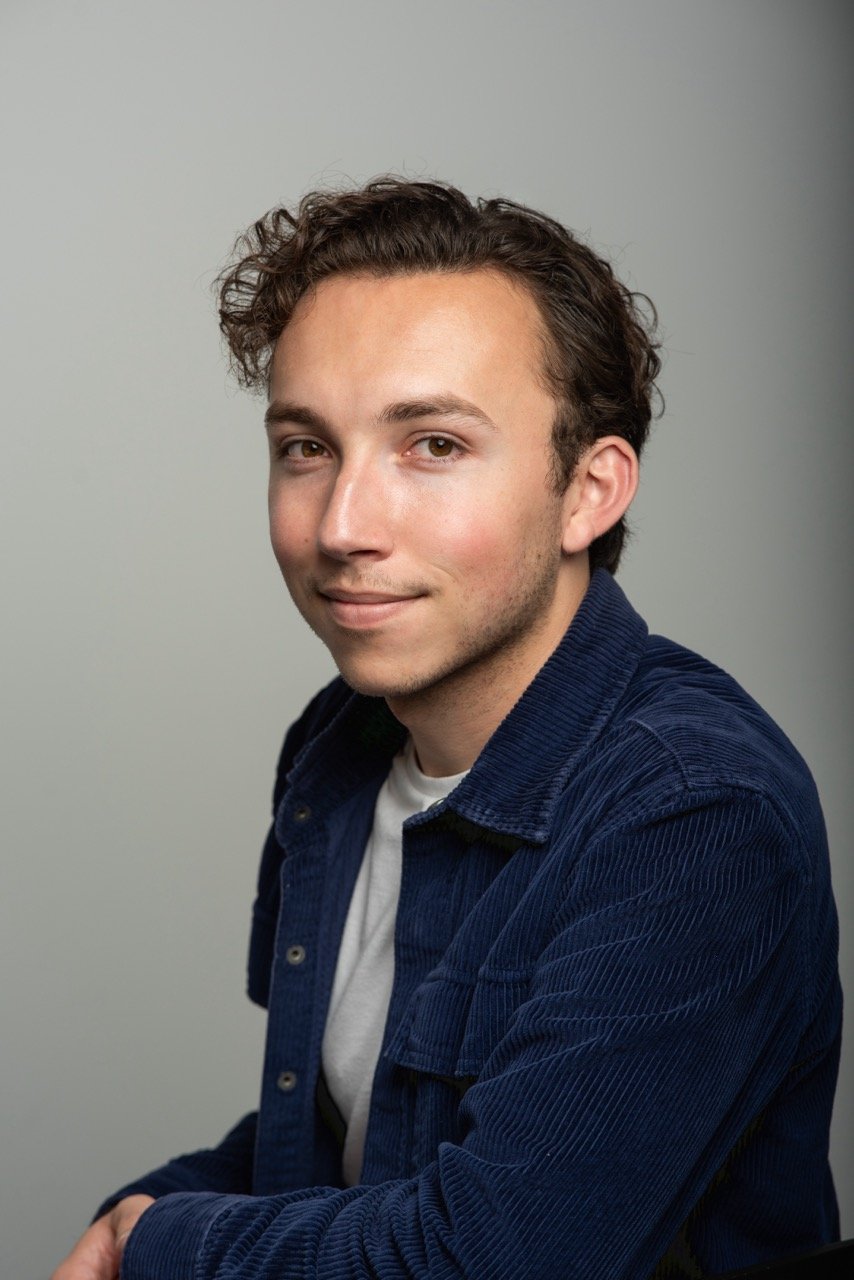
Halen Mattison
MATTHEW ISAKOWITZ FELLOWSHIP
-

Malia "MK" Mitchell
PATTI GRACE SMITH FELLOWSHIP
-
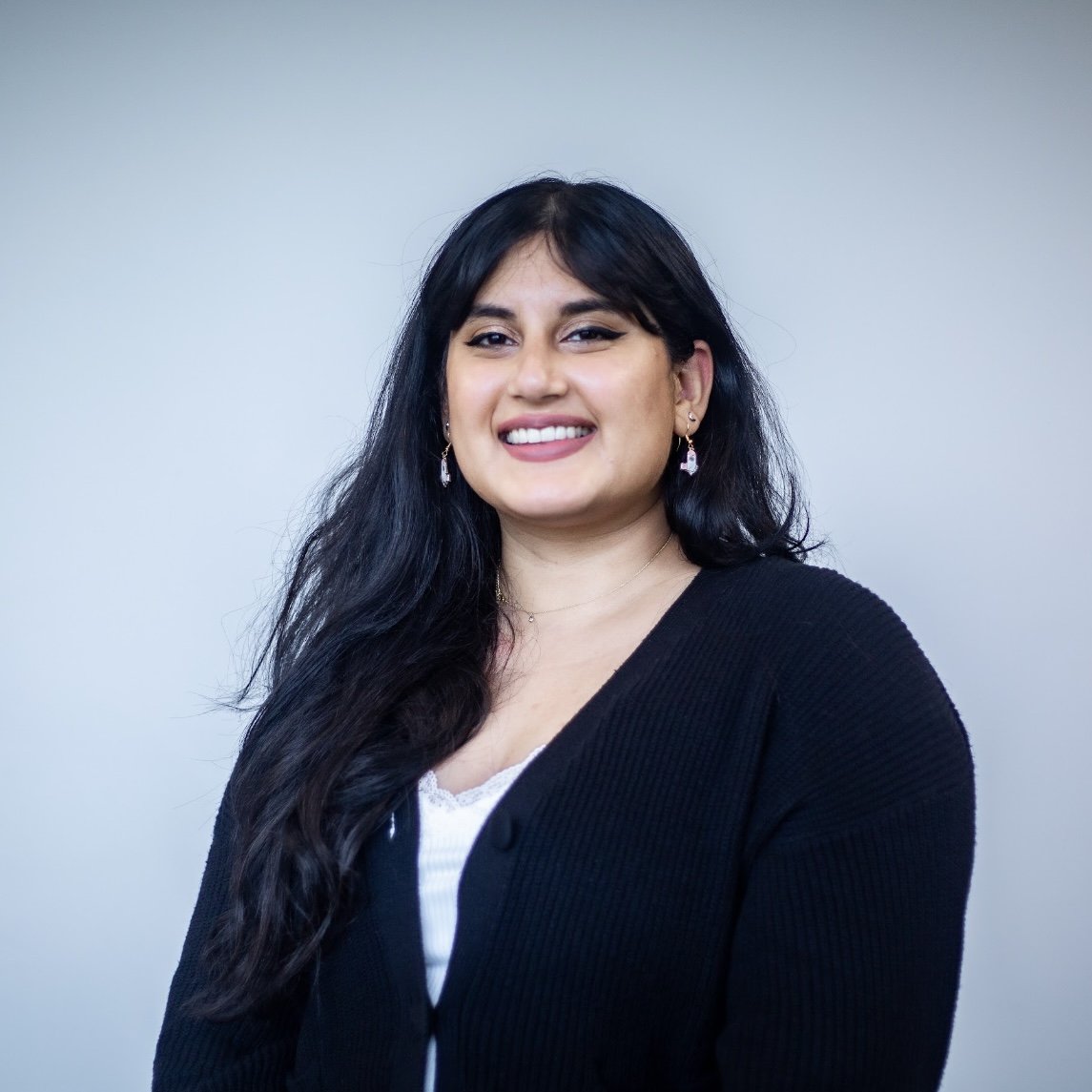
Hira Nadeem
BROOKE OWENS FELLOWSHIP
-

Mikael Owunna
RAINBOW SERPENT
-
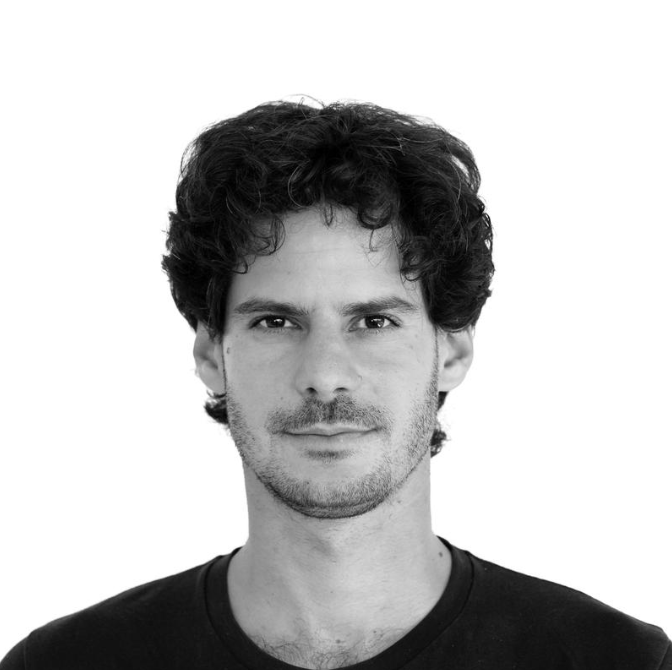
Eyal Perry
MIT MEDIA LAB
-
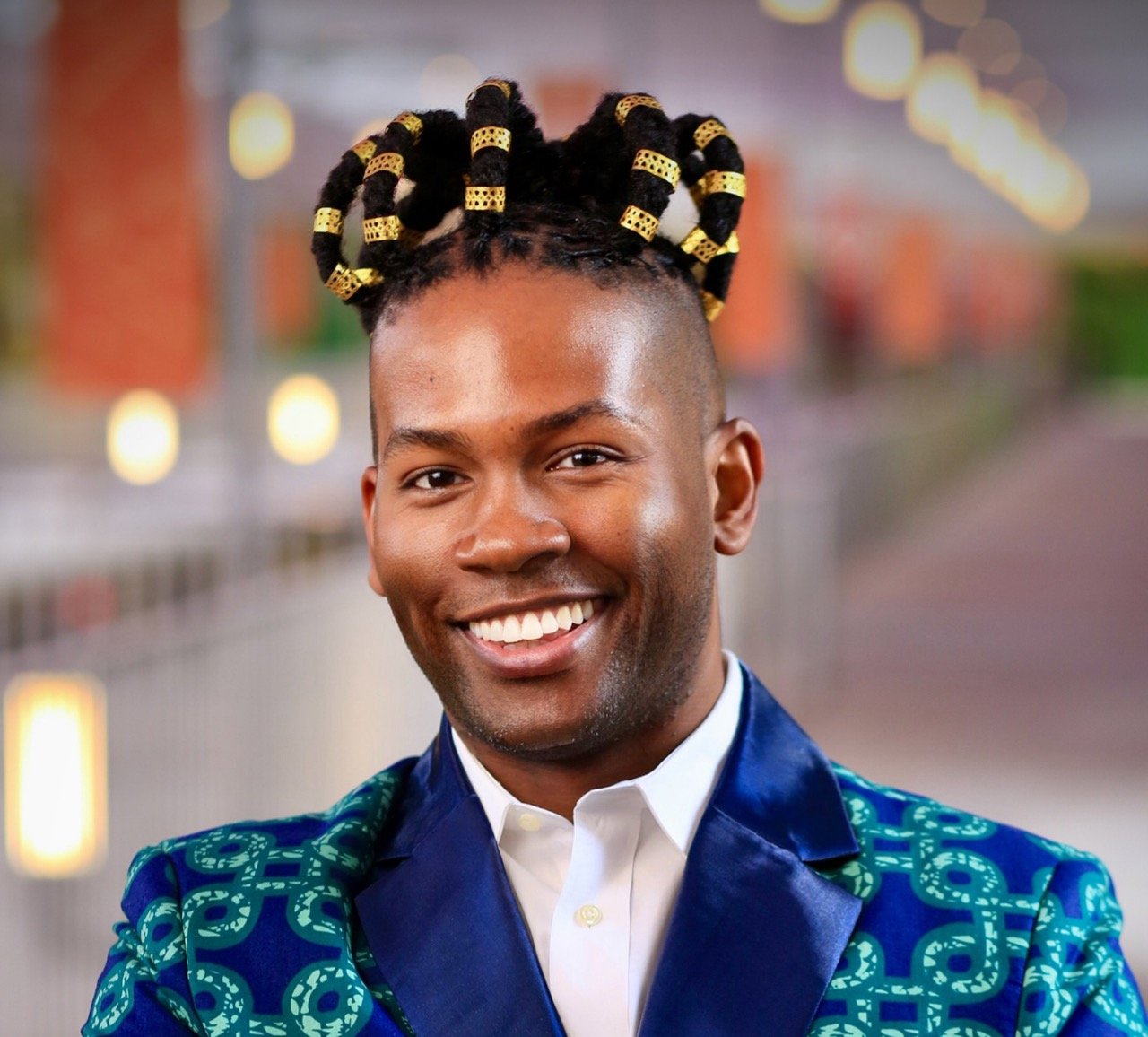
Marques Redd
RAINBOW SERPENT
-

Thomas Santini
LODESTAR SPACE
-

Alessandro Stabile
MAGMA SPACE
-

Matthew Thomas
OVERVIEW ENERGY
-
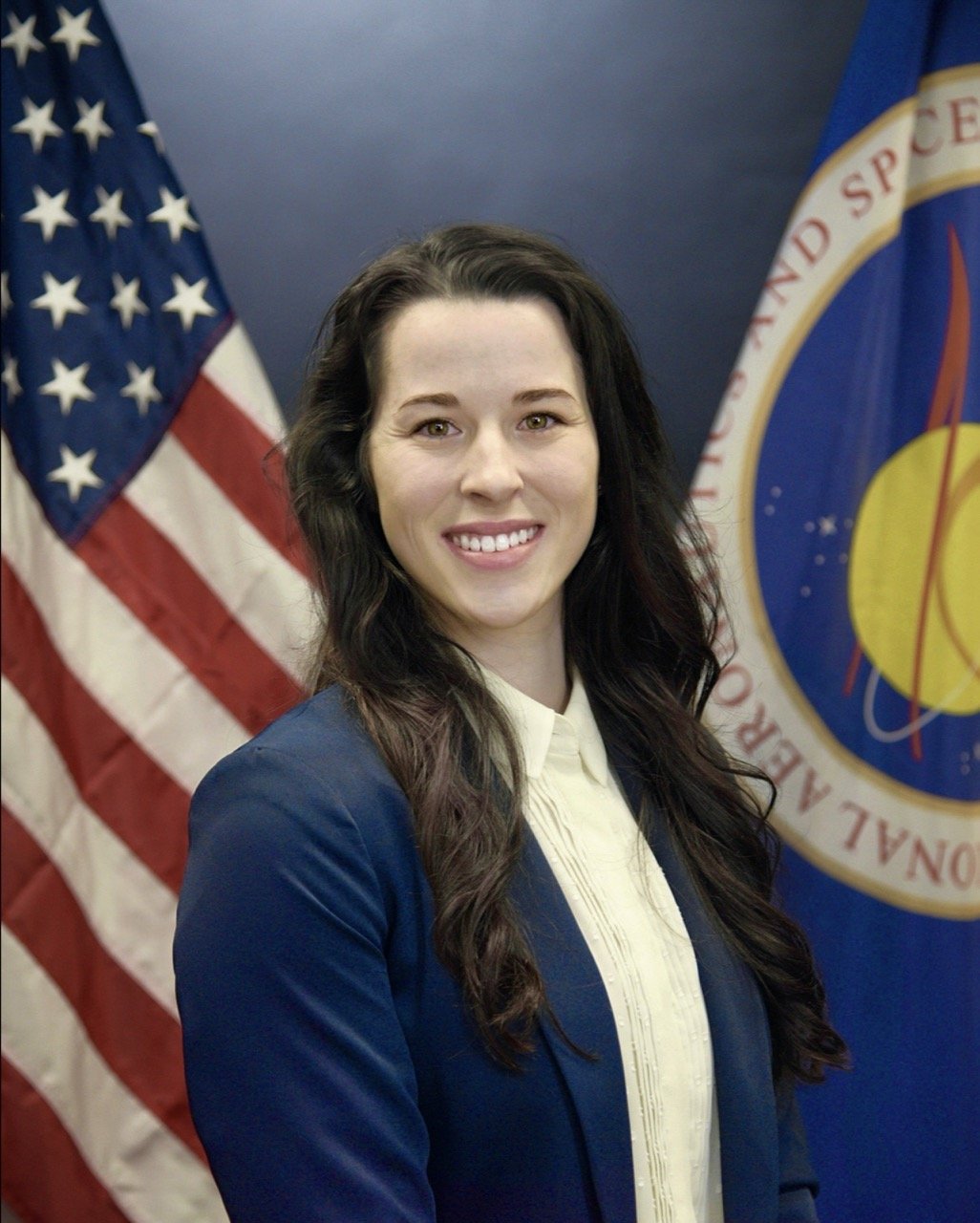
Hannah Weiss
STIRLING RESEARCH GROUP
-
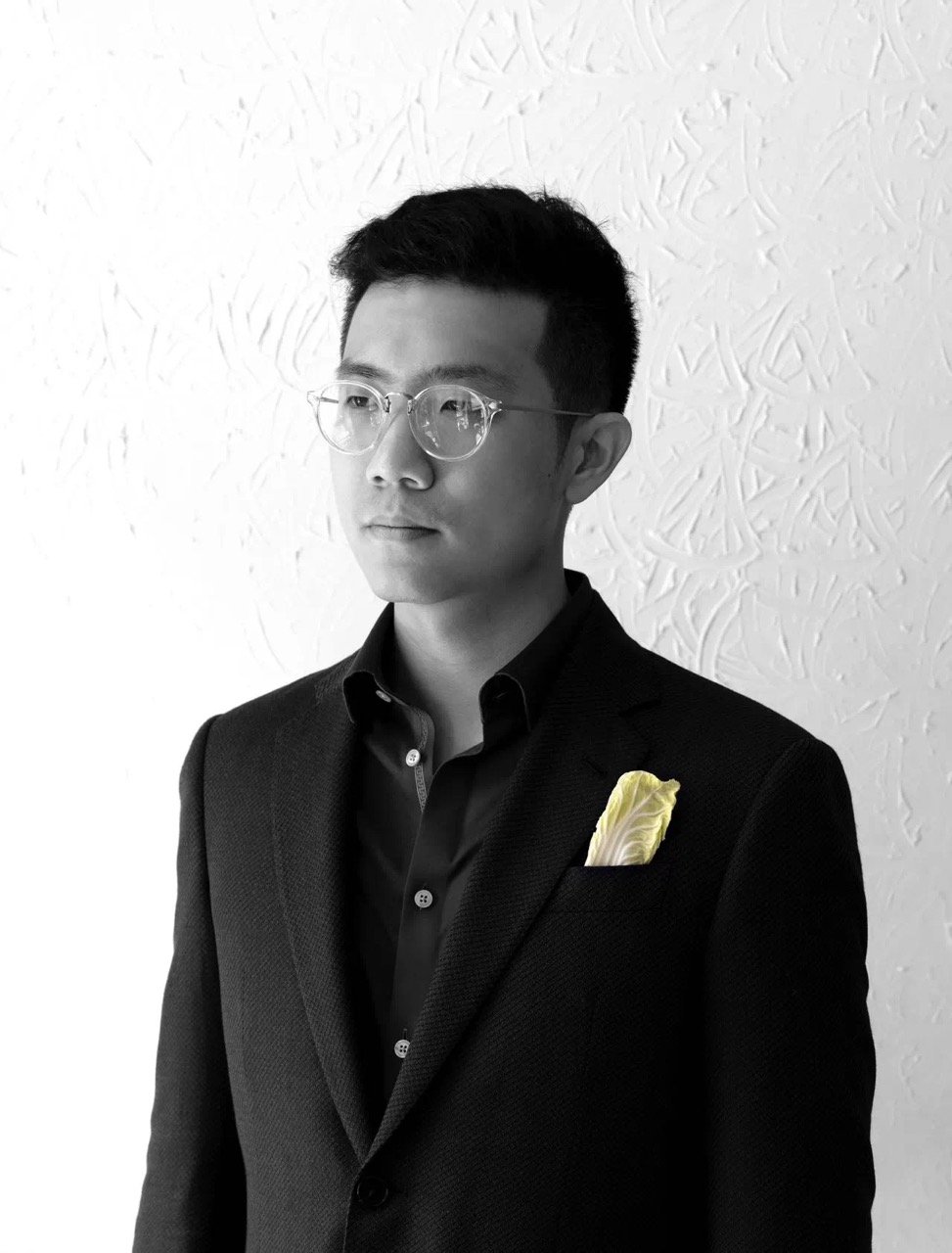
Kaiwen Zhao
YALE CCAM
-

Sean Auffinger
AURELIA MISSION INTEGRATOR
-

Noah Eckhouse
AURELIA FOUNDRY
-

Evan Hilgemann
AURELIA INSTITUTE
-
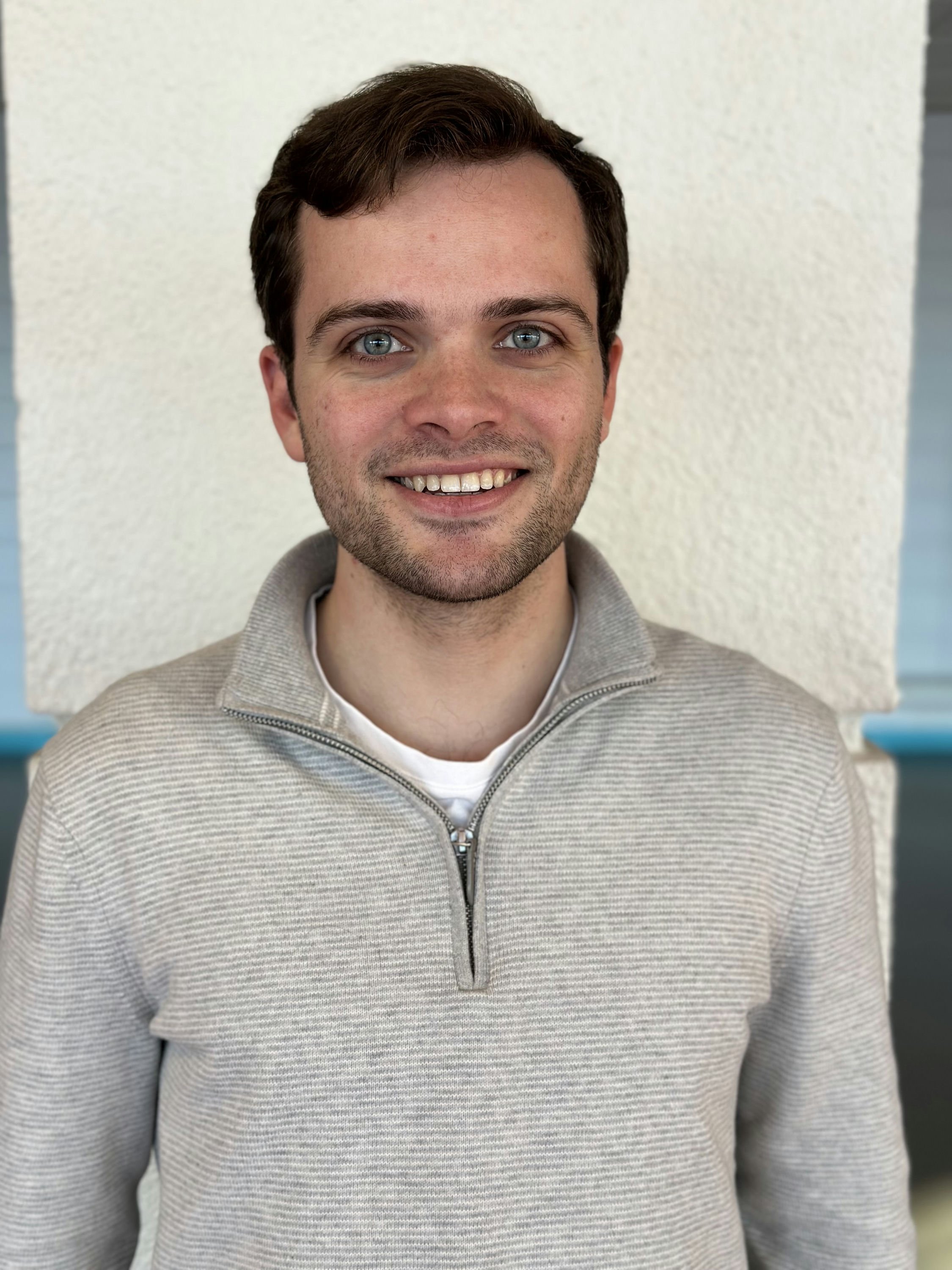
Jackson Labovitz
AURELIA FOUNDRY
-

Max Pommier
AURELIA INSTITUTE
-
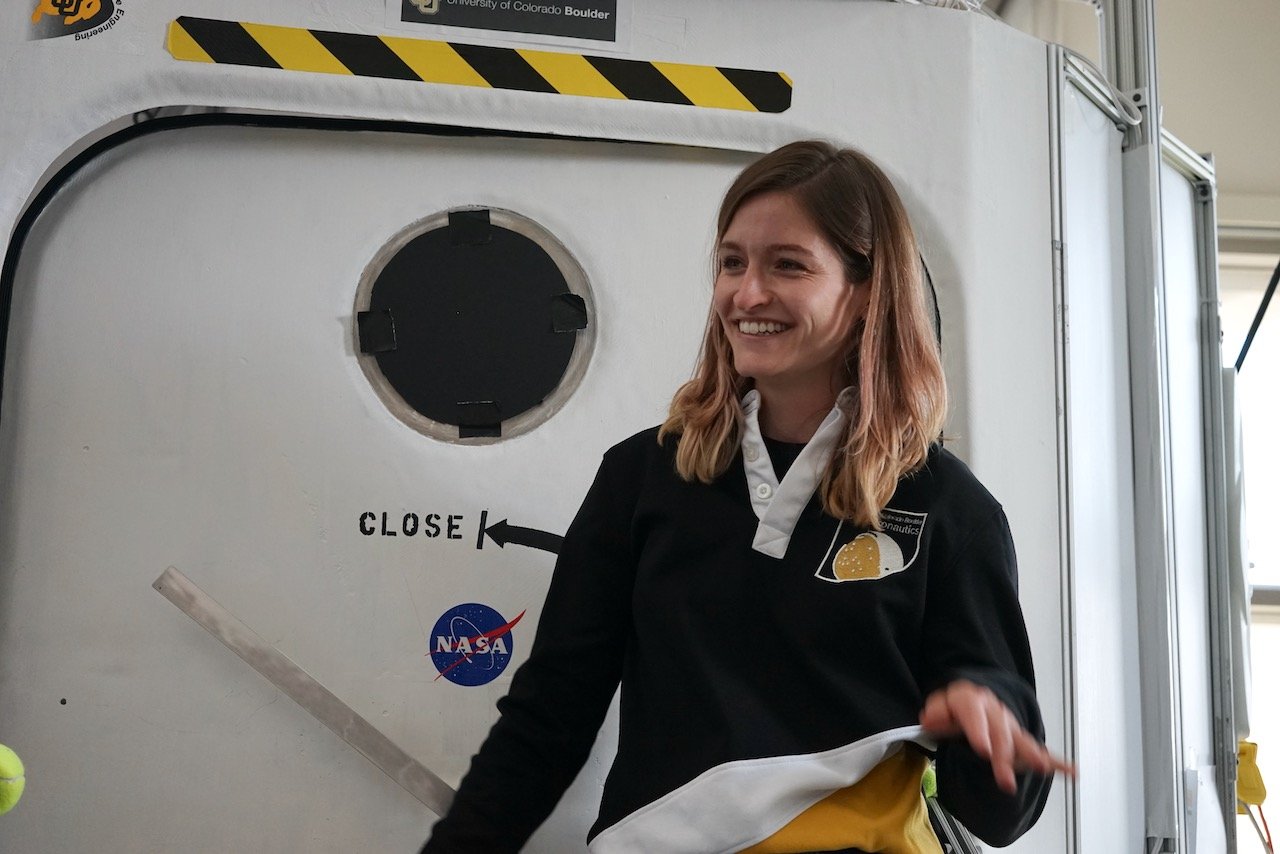
Annika Rollock
AURELIA INSTITUTE
Horizon 2024 Projects
-
Nikol Koleva
Space Generation Advisory Council
This project explores methods to manage stress and anxiety in spaceflight. It leverages Resource Conservation Theory and evolutionary psychology to understand cognitive resource allocation in extreme environments. Research identifies many emotional challenges astronauts face, such as anxiety, stress and panic. By monitoring vital signs during a parabolic flight using an innovative technology called Astroskin, the research assesses the effectiveness of grounding techniques like meditation and visualization in reducing stress. The aim is to find strategies to enhance emotional resilience and improve mental health and performance in space missions.
-
Jagriti Luitel
Pisces Rising
Deborah Won’s weightless fashion design startup, Piscesrising, blends cutting-edge materials and designs that cater to the demands and challenges of the unique zero-gravity environment.
Inspired by the idea of expressing belonging and individuality beyond Earth through fashion, this endeavor explores the intersection of aesthetics and functionality of spacewear to envision a vibrant life for the future of space civilization. Flier Jagriti showcased a design that incorporates a red rhododendron, the national flower of Nepal.
-
Marques Redd & Mikael Owunna
Rainbow Serpent
Mikael Owunna and Marques Redd are the co-founders of Rainbow Serpent, a Black LGBTQ+ arts nonprofit. This project reimagines Owunna’s photographic image "The Flying African" in the context of microgravity. “The Flying African" draws on a tradition of stories that persist, especially along the coasts of Georgia and South Carolina, of enslaved Africans who escaped bondage by taking flight and returning to their African homelands. There are many hypotheses about the origin of this myth, but many point to the 1803 slave rebellion known as Igbo Landing on St. Simons Island in Georgia, where a group of enslaved Igbo people walked into a creek in order to drown themselves rather than live in enslavement. As they entered the water, they chanted, “The Water Spirit brought us, the Water Spirit will take us home.”
With a central figure whose body is illuminated as the starry universe itself, "The Flying African" creates a powerful homage to its source myth through visually rendering ideas about the blackness of space, ocean depths, the womb, and the primordial origin from which all things emerge and return.
-
Kiran De Silva
Lodestar Space
ESA-backed startup Lodestar Space’s Senior Engineer Kiran De Silva flew with Project Inception, a successful pre-flight testing campaign designed to demonstrate Lodestar’s proprietary autonomous object tracking & inspection capability via their vacuum-rated arm, called TARS.
-
Alessandro Stabile
Magma Space
Startup Magma Space is developing a low-power magnetic reaction wheel to drastically reduce satellite vibrations and boost pointing accuracy, critical for high-res imaging, laser communication and national security. Founder Alessandro Stabile flew with a prototype of a single magnetically levitated wheel.
-
Matthew Thomas
Overview Energy
Matthew Thomas flew with DUST (Deployable Ultra-Stowable Truss), a demonstration of startup Overview Energy’s novel solar panel deployment system, Deployable Ultra-Stowable Truss (DUST). Matthew Isakowitz Fellow Halen Mattison assisted with DUST on the flight.
-
Hannah Weiss
@hanweiss
Stirling Research Group (University of Michigan)
As astronauts transition from microgravity to gravity-rich environments (e.g., the Moon or Mars), sensorimotor impairment may affect their ability to perform mission-critical tasks such as landing procedures, capsule egress, and early EVA. To ensure mission success and astronaut safety, it is essential to identify sensorimotor impairment during missions. The development of lightweight, space-conscious assessments for astronauts transitioning between gravity environments is crucial to the success of future exploration missions to inform crew readiness, rehabilitation protocols, and the development of sensorimotor countermeasures. An Augmented Reality (AR) standalone system may be a viable future spaceflight assessment tool with the benefit of embedded sensors and onboard computing. The primary aim of this research is to assess the performance of an adept user in a multidirectional tapping task while experiencing Martian, Lunar, microgravity, and macrogravity conditions. The objective is to understand how task execution differs across these diverse gravitational environments.
Horizon 2024 Sponsors
Horizon 2024 Partners & Collaborators
